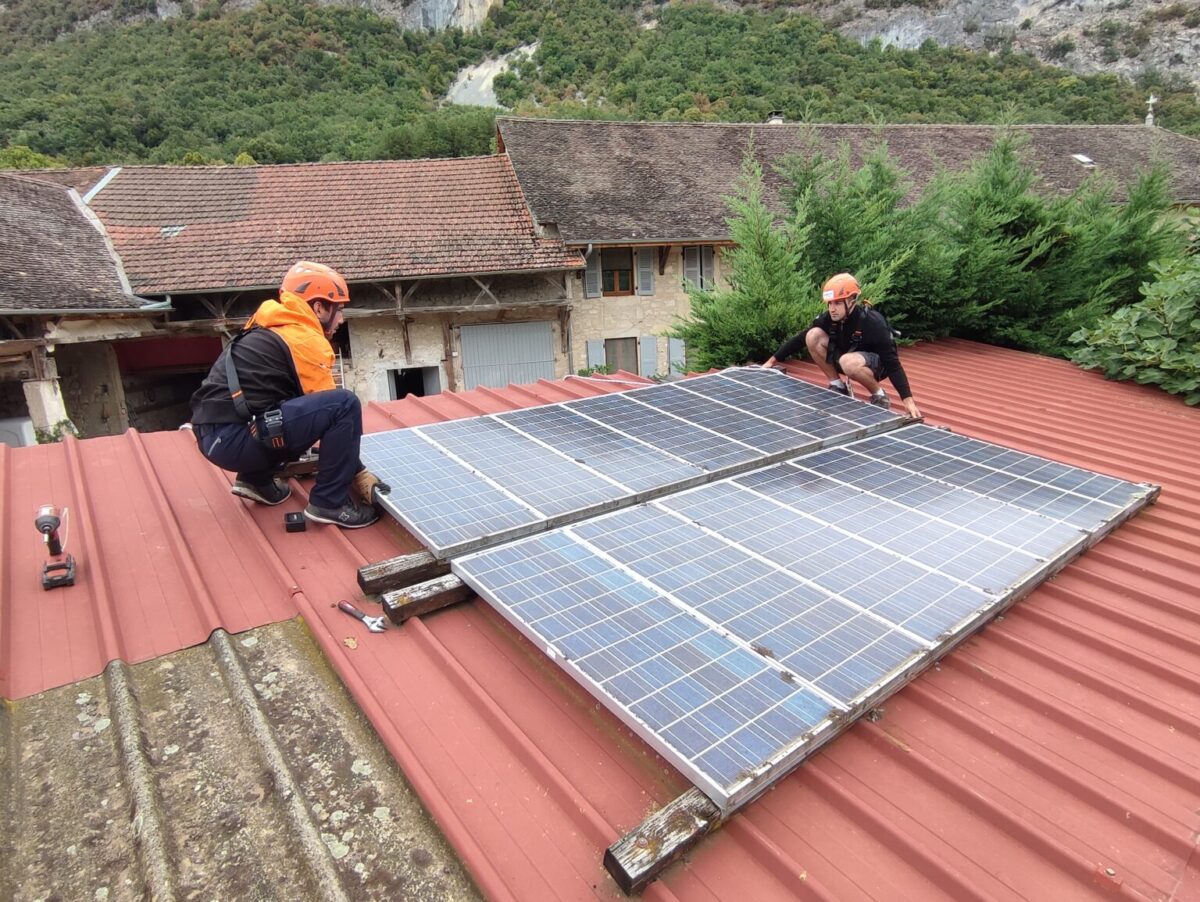Solar Modules Installed in France in 1992 Maintain 75.9% of Initial Power Output
In a testament to the longevity and reliability of solar photovoltaic (PV) technology, testing conducted at France’s oldest PV system has revealed remarkable performance retention. Established in 1992 by the French association Hespul, the Phébus 1 power plant in Ain marked a pioneering effort to integrate PV systems into France's national grid when solar energy was still nascent in the country.

Recent tests on approximately 10 m2 of panels, equivalent to about 1 kW, removed from the Phébus 1 system last year have demonstrated impressive results. Conducted under controlled conditions with a flash of 1000 W/m2, the tests measured the panels' maximum instantaneous power compared to their initial factory specifications. Despite over three decades of operation, the panels were found to retain an average of 79.5% of their original power output. This surpasses the performance expectations set by manufacturers, who had anticipated an 80% output retention after 25 years.
The testing also provided insights into the rate of performance degradation over time. Over the entire 31-year period, the average decline in performance was 20.5%, translating to an annual degradation rate of 0.66%. Notably, over the last 11 years, the degradation rate slightly increased to 1.11% per year. The modules were categorized into two groups based on their performance trends: one group showed significant degradation after 20 years, averaging a decline of 33.9% over 31 years, while another group maintained a more moderate degradation of 13% over the same period.
Hespul highlighted that these findings align with various scientific studies on PV system longevity, such as the TISO-10 PV system in Switzerland, which has been operational since 1982. Differences in performance among modules were attributed to additives in encapsulants supplied by multiple manufacturers, underscoring the impact of materials on long-term performance.
Moreover, global studies further validate these observations. A study by the US Department of Energy’s National Renewable Energy Laboratory (NREL) on 1,700 sites across the US indicated a median degradation rate of approximately -0.75% per year. Similarly, research on 4,300 residential installations in Europe, utilizing different data methodologies, reported median annual degradation rates ranging from -0.36% to -0.67%.
The enduring performance of the Phébus 1 PV system underscores the reliability and sustainability of solar energy investments over decades. Such findings are pivotal for advancing renewable energy adoption globally, reassuring stakeholders about the long-term viability and economic benefits of PV technology. As solar installations continue to expand worldwide, lessons from long-standing systems like Phébus 1 provide invaluable insights into optimizing performance and enhancing durability for future PV deployments.
For those interested in further details, the original findings were published by Hespul and include comprehensive data on the performance testing and insights into the longevity of solar modules under real-world conditions.




Post a Comment